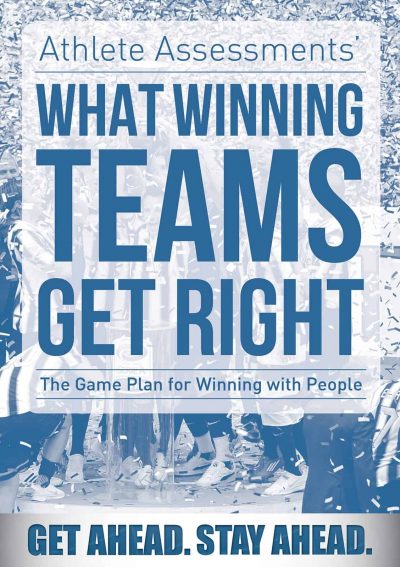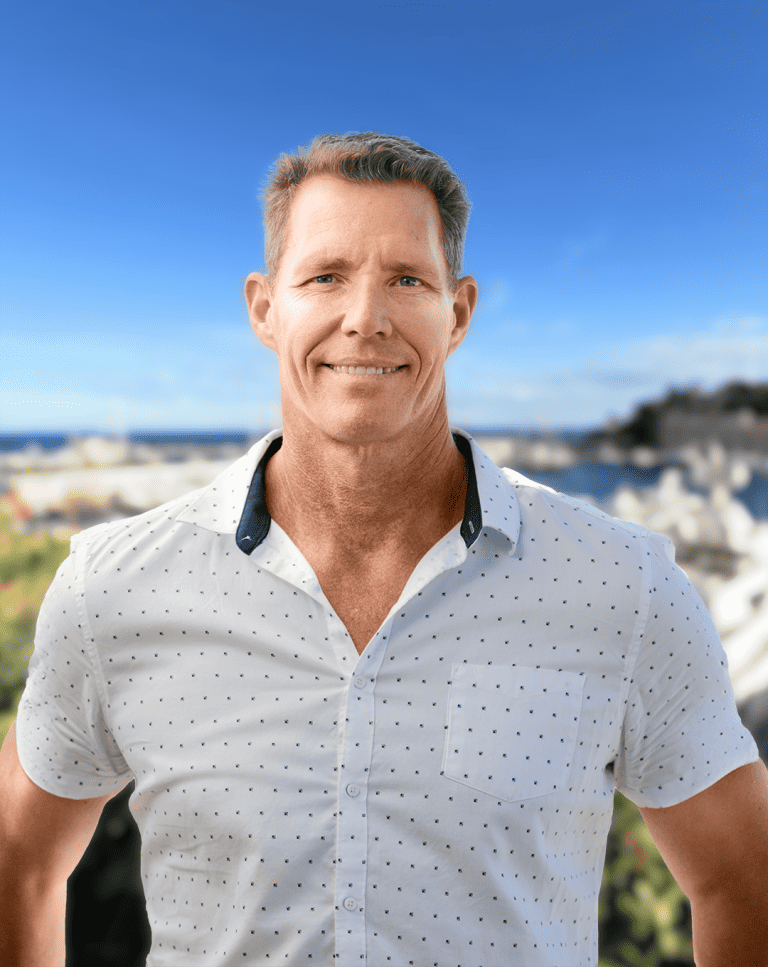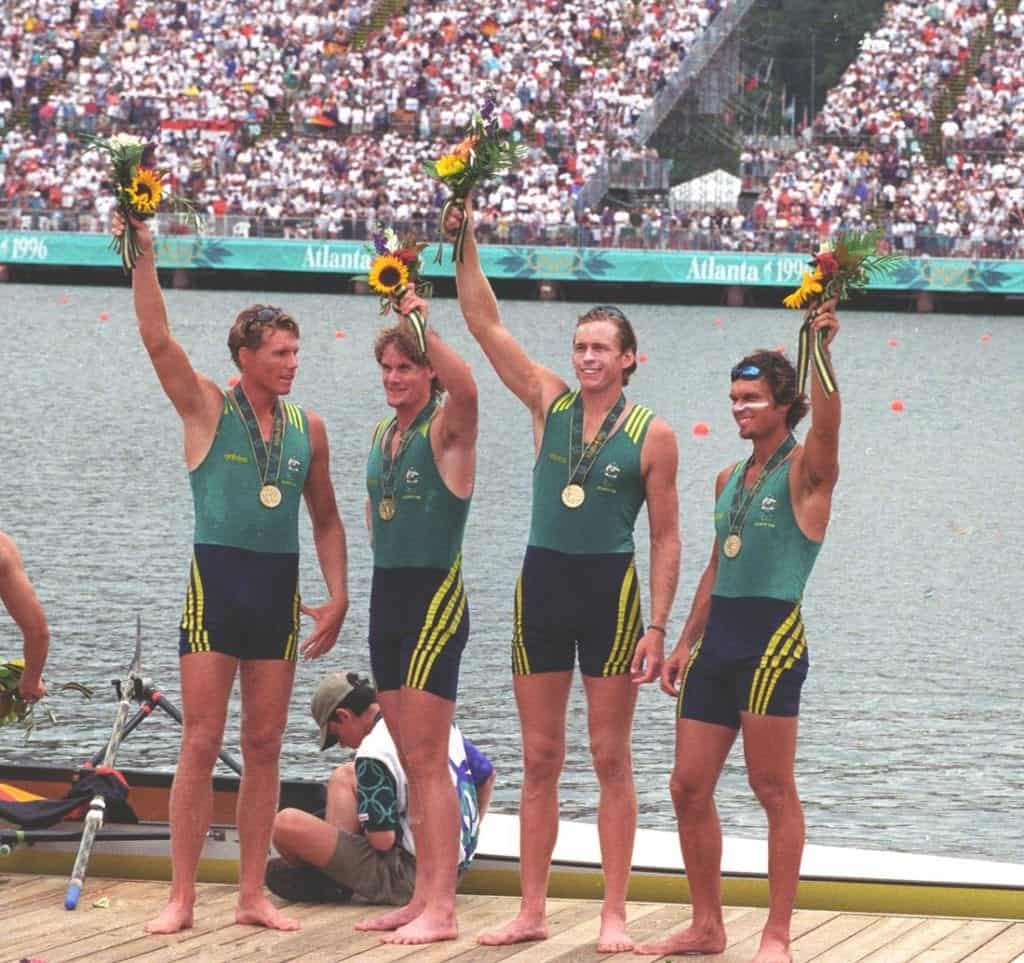In previous articles on Sport Psychology and the Mental Game in sport, we have touched on the concept of goal setting with DISC. Whether you are a coach, athlete or in sport management, you can use your understanding of your DISC Profile to improve your Goal Setting and ensure your goals are being achieved. A critical ingredient which is often neglected when setting goals of any type is to ensure the goal is Relevant to the user. Relevance in this sense has two meanings. Firstly, the goal to be achieved should be relevant to the practical application of the particular sport. For example, having a goal to improve your reaction timing is not overly useful for a rower as opposed to a tennis or baseball player. The same applies to those sports where improving their VO2 max would likely not be as important as other factors to improve their performance. The other meaning of relevance is what this article is about. This is making sure the goal is expressed in a relevant way for the individual pursuing it and this should be based on the individual’s unique behavioral (DISC) style. We give examples of this further in the article.
Let’s face it, in our busy lives it can be difficult to decide on goals, set processes to achieve those goals and commit to the day-in-day out actions which result in success. Having goals are vital for success in life. It is even more important to specify your goals by writing them down, as this enables you to be specific about your priorities to achieve. As importantly, written goals hold you accountable. If there was one major reason I would have for athletes to write down their goals, it is to ensure they stay accountable for taking actions to achieve them. Accountability, especially in a rowing crew is vital, as no other sport relies on each person contributing 100% in the same way rowing does.
When discussing accountability, it is valuable to highlight the research conducted by Dr. Gail Matthews, a Psychology professor at the Dominican University of California in 2007. Matthews conducted research that demonstrated that people who wrote down their goals, shared their goal with a friend, and kept that friend up-to-date weekly with their progress, were on average 33% more successful in accomplishing their stated goals than those who merely devised goals.
Matthews studied how “goal achievement in the workplace is influenced by writing goals, committing to goal-directed actions, and accountability for those actions”.
- 43% of stated goals were accomplished by those who did not write down their goals.
- 64% of stated goals were accomplished by those who wrote down their goals, created action commitments and also shared these commitments with a friend.
- 76% of stated goals were accomplished by those who wrote down their goals, created action commitments, shared these commitments with a friend, and sent the friend a weekly progress report.
Whatever the goal you are looking to achieve, understanding your DISC Profile is your secret weapon.
1) Begin with your Goal
When you think about setting a goal, begin with the overall, specific and measureable outcome you want to achieve. If you are a coach this may be to improve your communication with a specific athlete. As a rower, I recall setting a specific goal to improve my chin ups during the pre-season. Chin ups are obviously a fairly important exercise for rowing, so it was relevant for me to aspire to improve in this area. At the time I could only do 17 until failure. This was not a great number, and I set a goal of doubling this number. At the time, my coach tested every rower’s chin up scores and the best at the time was 34. I figured it was not important to be the best, and more important to be in the top three. Ultimately I achieved 37 chin ups when it came time for the test, and that was in the top three. I did this through daily practice after each rowing workout.
I also remember setting goals around improving my timing with the stroke of the crew, as assessed by my coach’s feedback and video analysis. Finally, when rowing in a pair, my partner and I would write down daily goals to make incremental improvements to our timing and pressures in the water, to be perfect throughout each rating up to race pace. Whatever goal you choose, ensure it conforms to the SMART Goals criteria. SMART goals are specific, measurable, attainable, relevant and time framed.
2) Decide on Strategies
The second part of this model is to decide on the strategies to achieve these goals. What are the key actions or behaviors allowing you to achieve this goal? Focus on the process to achieve the goal. Process is about the steps and methods to deliver goal achievement. Developing a process is dependent on breaking a goal into smaller chunks or details to be dealt with one at a time. No matter what the goal is or its size, it can always be fragmented and each fragment achieved. In many ways, this is no different to how a builder constructs a house. They begin with a vision of the overall picture of the house, then draw up a set of plans, then create a critical event path so they complete the appropriate section of the house prior to moving onto the next. Imagine building a house by starting with the propping up of the tresses before you laid a foundation. Sporting goals are no different as we must achieve the foundational aspects within the critical time line before moving on to the next step in the process.
3) Utilize your DISC Profile
The final part of this process is to utilize your DISC Profile in your Goal setting. (If you are unfamiliar with DISC, our website has extensive resources in this area.) Think about the parts of your DISC Profile which support you in achieving this goal. What parts of your DISC profile make achieving your goal more challenging? What adaptions do you need to make to ensure that you have the best chance possible of achieving your goal?
A rower I know has a High D style. This is results focused, operates with a sense of urgency and is guarded, therefore does not discuss much of their goals or subsequent progress with others. For a High D, their strengths are their results drive and the focus they put on sticking to an outcome. They tirelessly work towards this, but do not incorporate much assistance from others and prefer to do it on their own. This is a limitation of the D style. Everyone can achieve their goals more effectively with the support of others. If you need convincing of this, refer to the 2008 Olympic Study which placed an athlete’s support system as a top five contributor to success. High D’s also do not have great attention to detail and often miss some steps in the process of goal setting – another limitation. So as a brief example, if an rower is self-aware of their style, they can actually spend the time to work around their limitations and put either people or plans in place to overcome their natural deficiencies.
In another example, imagine a Coach with a naturally low level of the Conscientious (C) behavior style. This coach may find it difficult to achieve a goal which requires high levels of planning and adherence to rules. They need to make an adaptation to increase their level of C for them to have the best chance of achieving their goal. In this example, there is a good chance that while they have a great focus on the vision for what their goals achievement will look like, but may lack some of the detailed breakdown required to actually see the goal to fruition. This is similar to a coach setting their team’s goal for the season to win the championship, but then now break this down into making final playoffs, finishing in the top four, winning a certain percentage of games, developing a strategy for each match, creating an effective training program, recruiting the right players for the team, developing a productive culture and the list goes on.
Other profiles naturally struggle at other aspects of the goal achievement process. Examples include High I’s whose goal means they have to work autonomously, when a strength of their profile is to work in a high energy environment surrounded by others. Obviously a single sculler who is a High I is going to have to have an outlet for their high people focus and need to be around others at some point in their goal process. The opposite situation also applies to those in a crew, who prefer time alone to work towards their goals. The point is, self-awareness and knowing what works best for you is going to help you achieve your goals more effectively and efficiently than being unaware.
Knowing how to tailor your environment is critical to staying motivated to achieve you ambitions in rowing and in life. Knowing what your strength areas are based on your DISC style helps you to perhaps recruit others to help you achieve your goal. In the above example of the low Conscientious coach, they may leverage off their assistant coach who is a high C, to help them plan effectively. Such is why, it is critical to have a diverse coaching staff.
In summary, DISC is such a valuable tool for developing the knowledge of yourself to help you achieve your best more often. Goal setting is a fundamental performance attribute of anyone who is successful and the more you understand yourself, the better your goal setting processes will become.
Where to from here…
If you have any comments, suggestions or advice on this article, we’d love to hear from you – please contact me to share your thoughts (see below).
A version of this article was first published by Athlete Assessments in their March 2014 Newsletter. If you’d like to subscribe to future newsletters or contact Athlete Assessments, go to the website. Also, if you’d like a copy of any the resources mentioned above, contact our office directly as per below:
www.athleteassessments.com, call 760 742 5177 or email coach@athleteassessments.com
About the Author
Bo Hanson was previously a consultant coach with the US Rowing Men’s team. He was also one of our 2009 and 2010 Convention presenters and after such overwhelming feedback from the delegates, we asked Bo to share his most valued rowing advice with our readers on a regular basis. Bo’s own rowing career spanned four Olympic campaigns, winning three medals for Australia and he was and remains the youngest rower to compete at an Olympics for his country at 18 years of age. He is now an in-demand coaching consultant for Athlete Assessments (www.athleteassessments.com) and works with coaches across a vast range of sports. He maintains a personal connection to rowing coaching through his involvement with his own high school and the rowing clients he consults to.
Bo Hanson, 4x Olympian, Coaching Consultant & Director of Athlete Assessments





